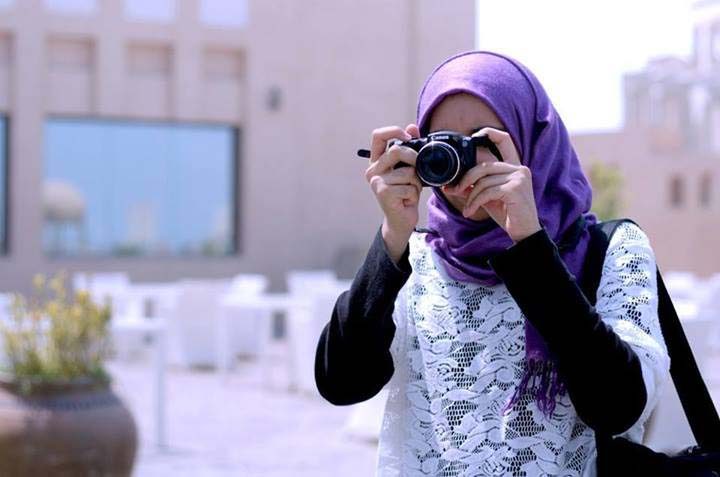
For Qatari females, TV appearances have always been rare to nonexistent. But as gender expectations here evolve, the broadcast sphere should no longer be so off-limits, argues Christina Paschyn, a journalism instructor at Northwestern University in Qatar.
In a recently published in-depth report for Chime for Change, an organization that focuses on women’s empowerment, the lecturer explores the role of Qatari women in changing society, and the stubborn social norms that keep these women from appearing in published photos or on TV.
According to Paschyn, many of Qatari journalism students would like to pursue careers in broadcast, but fear rebukes from family and society.
The problem with shutting local women out of these spheres is that they then appeared to “erased” from common discourse, asserts Khaled Hroub, a Middle Eastern studies and Arab media professor at NU-Q.
“By not being in the picture, women endorse that they come second. It’s an acknowledgment of their inferiority, even if they say otherwise. It does affect gender equality. It gives the authority implicitly to the male that they should manage this public domain and women.”
Origins unknown
Tackling this taboo is difficult because its origins are unclear. According to one of Qatar’s few female local academics, Amal Al-Malki:
The stigma against women appearing in visual media is “a tradition that has no basis either in Islam or in any logic. Women appear on a daily basis and work. So what’s the problem with them appearing on camera and recording that for history? Sometimes it’s a mental obstacle because we belong to a culture that is patriarchal and that looks at women as jewels that need to be protected.”
Continuing in the same vein, a college student told Paschyn that a family’s honor rests on the shoulders of women:
“How can I harm you if I don’t know your face?” Qatar University engineering student Mohammed Abdulla, 22, asked me rhetorically. “When I want to smash a man, I don’t go to him. I go to his relatives. Who’s the weakest relative? Of course it is women. Not all men think like that, but (keeping women out of photos or on TV) helps us keep problems under control.”
That said, women in other Gulf countries who have faced similar stigmas in the past seem to have overcome them.
In Saudi Arabia and Kuwait, for example, local female presenters are more common than in Qatar, Paschyn writes. And many young women here are beginning to take their cues from former first lady Sheikha Moza, whose photos are often published in newspapers and whose appearances are broadcast on TV.
Thoughts?







